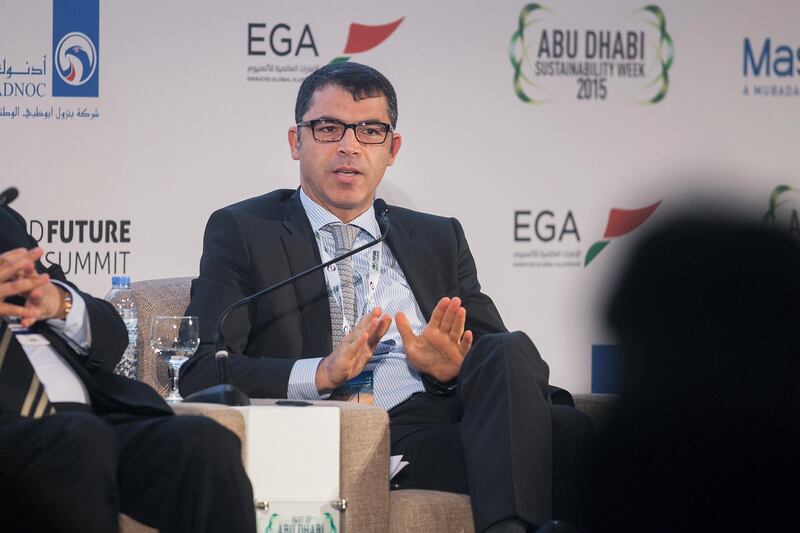Morocco, one of the early adopters of renewable energy in the Middle East North Africa region, will look to deploy about 1.5 gigawatts of solar and wind capacity to meet its goal of powering 42 per cent of its energy mix from non-fossil resources by 2020.
“We will have to develop around 500 to 700 megawatts towards solar and the same for wind,” said Obaid Amrane, a member of the Moroccan Agency for Sustainable Energy (Masen) management board.
The North African state, which has also targeted 52 per cent renewables in the mix by 2030, is looking to deploy some 850MW of wind capacity “to be operational” by 2020, Mr Amrane said. Renewables now account for 32 per cent of the country’s energy mix.
Morocco had installed capacity of 800MW of wind power in 2015. Its North African neighbour Egypt is also looking to develop more wind capacity this year as part of its ongoing renewables push.
Masen aims to mobilise about US$30 billion in financing its renewables schemes with plans underway “to optimise carbon finance and green finance”, said Mr Amrane.
The agency, which is privately held with public funding, issued Morocco’s first green bond in 2016 for $117 million to finance utility-scale solar power facilities including three 160MW photovoltaic (PV) projects.
Masen is also expected to announce before the end of the year the second phase of Morocco’s PV programme that will involve projects for “hundreds of megawatts” tendered to be developed in phases.
Last April, Morocco broke ground on its $220m Noor IV project that will will produce 176MW of solar power through three plants to be constructed at three different sites; Ouarzazate; Laayoune; and Boujdour. The scheme is being developed by Saudi Arabia’s Acwa Power and will generate electricity for 4.79 US cents per kilowatt hour (kWh).
The projects form part of the Noor Solar Plan, which will result in a combined solar capacity of about 2,000MW in three years. Acwa Power is also the developer of the first three Noor plants, all using concentrated solar power (CSP) technology, totalling 510MW, and costing $2.84bn.
While Masen is moving ahead with its PV scheme, Mr Amrane said the country, which enjoys one of the highest levels of solar irradiation in the world, could see more CSP projects coming on stream.
“If we find a bankable and trustable source that can compete with the solar thermal storage, I think the room for CSP will be open” he said.
Bloomberg reported last week that Masen had received bids from the French utilities developers Engie and EDF as well as Acwa Power to build two 400MW solar facilities that will be awarded to a winning consortium by end of the year.







